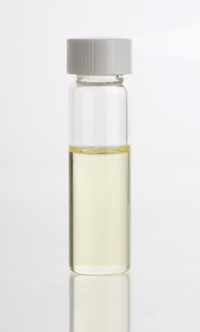
Photo from wikipedia
The combination of ultrasound and pressurized liquid extraction (UAPLE) was evaluated for the extraction of phenolic compounds from pomegranate peels (Punica granatum L.). The influence of several variables of the… Click to show full abstract
The combination of ultrasound and pressurized liquid extraction (UAPLE) was evaluated for the extraction of phenolic compounds from pomegranate peels (Punica granatum L.). The influence of several variables of the process on extraction yield, including solvent type (water, ethanol + water 30, 50 and 70% v:v), temperature (50-100 °C), ultrasound power (0-800 W at the generator, or 0-38.5 W at the tip of the probe), mean particle size (0.68 and 1.05 mm), and number of cycles (1-5), were analyzed according to the yield of 20 different phenolic compounds. The most suitable temperatures for the extraction of phenolic compounds using water were from 70 to 80 °C. In general, 100 °C was not adequate since the lowest extraction yields were observed. Results suggested that ultrasound had a greater impact on extraction yields using large particles and that intermediate ultrasound power (480-640 W at the generator, or 23.1-30.8 W at the tip of the probe) produced the best results. Using small particles (0.68 mm) or large particles (1.05 mm), extraction with ultrasound was 1 cycle faster. Ultrasound may have offset the negative effect of the use of large particles, however, did not increase the yield of phenolic compounds in any of the cases studied after five cycles. Additionally, the continuous clogging problems observed with small particles were avoided with the use of large particles, which combined with ultrasound allowed consistent operation with good intra and inter-day reproducibility (>95%). Using samples with large particle size, the best extraction conditions were achieved with water extraction solvent, 70 °C extraction temperature, ultrasound power at 480 W, and 3 cycles, yielding 61.72 ± 7.70 mg/g. UAPLE demonstrated to be a clean, efficient and a green alternative for the extraction of phenolic compounds from pomegranate peels. These findings indicate that UAPLE has a great potential to improve the extraction of bioactive compounds from natural products.
Journal Title: Ultrasonics sonochemistry
Year Published: 2018
Link to full text (if available)
Share on Social Media: Sign Up to like & get
recommendations!